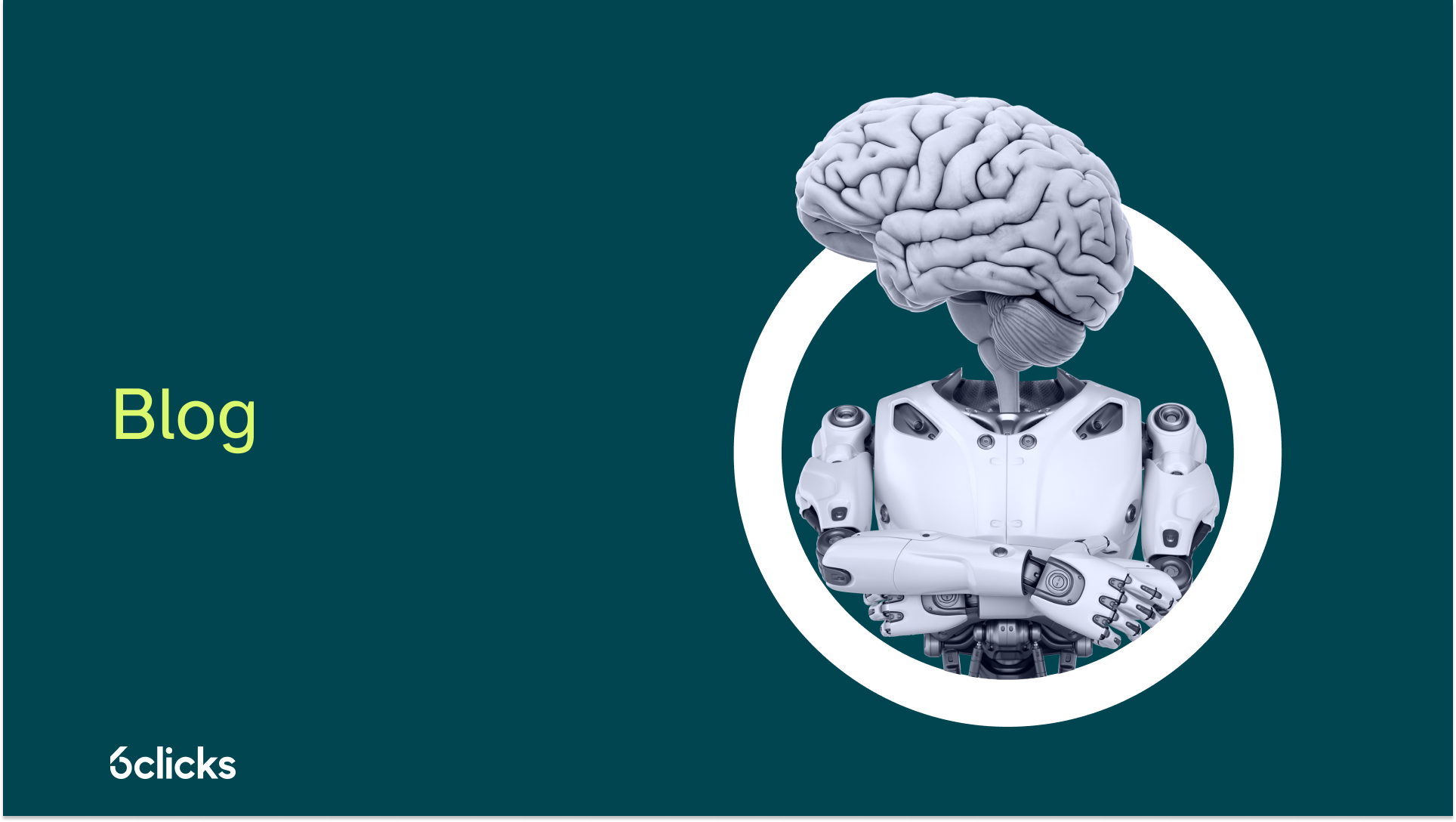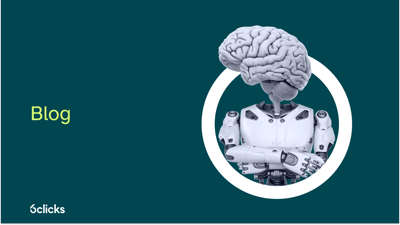In the context of ISO 27001, the roles and responsibilities of risk owners and asset owners play crucial parts in the risk management process. These two positions have distinct functions and serve different purposes.
The concept of risk owners was introduced in the 2013 revision of ISO 27001. Risk owners are individuals or groups who have the expertise and understanding of risk management, and they are responsible for ensuring the effective implementation of risk management activities. Their primary role is to identify and assess potential risks, develop risk mitigation plans, and monitor the progress of risk treatment plans. Risk owners play a critical role in the risk management framework, providing leadership in managing risks and overseeing the risk management strategy.
On the other hand, asset owners have ongoing validity in ISO 27001. They are accountable for specific assets within an organization, such as information systems or valuable data. Asset owners are responsible for protecting the confidentiality, integrity, and availability of the assets they own. Their role involves understanding the potential threats and vulnerabilities associated with their assets, conducting risk assessments, implementing appropriate controls, and establishing incident response and recovery procedures. Asset owners collaborate with risk owners to ensure that the level of risk tolerance aligns with the security objectives of the organization.
In summary, while risk owners focus on the overall risk management process, including the identification and treatment of risks, asset owners have a more specific responsibility for protecting and managing individual assets. Both risk owners and asset owners are essential stakeholders in ISO 27001, working collaboratively to ensure the effective implementation of risk management plans and achieve a high level of information security.
ISO 27001 risk owner definition
The ISO 27001 risk owner definition is a crucial component of effective risk management within an organization. Under this definition, a risk owner is an individual who is responsible for managing threats and vulnerabilities to the organization's assets.
The role of the risk owner is to take ownership of identified risks and ensure that appropriate measures are in place to mitigate those risks. This includes understanding the potential threats and vulnerabilities that may affect the organization, assessing the impact of these risks, and developing risk treatment plans to address them.
One key aspect of the ISO 27001 risk owner definition is that each identified risk can have multiple personnel involved in its management. These individuals may include subject matter experts, project managers, or other members of the organization's risk management team. They work closely with the accountable risk owner to implement risk mitigation measures and monitor the progress of risk treatment plans.
Overall, the ISO 27001 risk owner definition emphasizes the importance of having a clear and accountable individual responsible for managing the organization's risks. By actively identifying and addressing threats and vulnerabilities, risk owners play a vital role in ensuring the security and resilience of the organization's assets.
ISO 27001 asset owner definition
In the context of ISO 27001, the asset owner is defined as the individual or entity that has the responsibility for the day-to-day management and protection of an organization's assets. These assets can include information, infrastructure, systems, intellectual property, or any other valuable resources that are critical to the organization's operations.
The role of the asset owner goes beyond just managing the assets. They are also accountable for identifying and understanding the risks associated with these assets, as well as developing and implementing effective controls to mitigate those risks. This involves conducting risk assessments, determining the level of acceptable risk tolerance, and implementing appropriate control measures.
In terms of hierarchy, the asset owner holds a higher position than the risk owner. While the risk owner focuses on the management of specific risks, the asset owner takes a broader view and oversees the overall protection and management of all assets within the organization. The asset owner provides the necessary guidance and resources to the risk owner in order to effectively manage the risks associated with the assets.
The role of the asset owner is crucial in ensuring the proper protection and management of assets. They play a vital role in maintaining the confidentiality, integrity, and availability of assets, which are essential for the successful functioning of the organization. By taking ownership of the assets, the asset owner ensures that they are properly protected and managed, thereby reducing the organization's exposure to potential risks and ensuring the smooth operation of business processes.
Selecting risk and asset owners
Selecting the right risk and asset owners is a crucial step in implementing ISO 27001, the international standard for information security management systems. These individuals play a vital role in identifying, assessing, and effectively managing the risks associated with an organization's assets.
When it comes to choosing risk owners, several key criteria should be considered. Firstly, they need to have a solid understanding of the causes and impacts of various risks. This includes being able to identify potential threats, analyze their potential impacts, and determine the likelihood of a risk event occurring. Additionally, risk owners should possess proactive monitoring skills to identify emerging risks and take appropriate preventative measures.
Another important criterion for selecting risk owners is their level of risk management experience. This includes their familiarity with the risk management process, such as risk assessment methodologies and the development of risk treatment plans. Risk owners with prior experience in risk management are more likely to have the necessary expertise to effectively handle and mitigate risks.
In addition to risk owners, organizations must also assign asset owners for each asset within their organization. It is important to assign specific individuals rather than groups to ensure clear accountability and responsibility. Asset owners are entrusted with the overall protection and management of specific assets, including implementing appropriate controls and measures to safeguard them.
In conclusion, selecting risk and asset owners for ISO 27001 implementation requires individuals who have a deep understanding of risks, possess proactive monitoring skills, and have prior risk management experience. Furthermore, assigning specific individuals as asset owners is essential to ensure clear accountability and effective management of assets. By carefully selecting the right risk and asset owners, organizations can enhance their risk management practices and strengthen their overall information security.
Simplify your risk assessment process
Simplifying the risk assessment process is crucial for organizations seeking to effectively manage their information security risks. By incorporating ISO 27001 principles, organizations can streamline and standardize their risk assessment procedures, resulting in numerous benefits.
ISO 27001 is an internationally recognized standard that provides a comprehensive framework for establishing, implementing, maintaining, and continually improving an information security management system. By adopting ISO 27001 principles, organizations can ensure that their risk assessment process aligns with industry best practices, making it easier to identify, analyze, and mitigate potential risks.
One practical way to simplify the risk assessment process is by utilizing 6clicks software. This software package offers several features that can significantly enhance the efficiency of risk assessments. One notable feature is its integrated risk, vulnerability, and threat databases, which provide organizations with access to a comprehensive repository of potential risks. This allows risk assessors to quickly identify and evaluate the likelihood and impact of various threats.
Another valuable feature of 6clicks software is the built-in control sets. These control sets are designed to align with multiple frameworks, including ISO 27001, ensuring that organizations can easily assess their compliance with various security standards. By utilizing these control sets, organizations can simplify the process of selecting and implementing appropriate controls to mitigate identified risks.
In conclusion, incorporating ISO 27001 principles and utilizing 6clicks software can simplify the risk assessment process, leading to improved efficiency and effectiveness. By streamlining procedures and utilizing comprehensive databases and built-in control sets, organizations can enhance their ability to identify, evaluate, and mitigate risks, ultimately strengthening their information security management practices.
Written by Andrew Robinson
Andrew started his career in the startup world and went on to perform in cyber and information security advisory roles for the Australian Federal Government and several Victorian Government entities. Andrew has a Masters in Policing, Intelligence and Counter-Terrorism (PICT) specialising in Cyber Security and holds IRAP, ISO 27001 LA, CISSP, CISM and SCF certifications.











